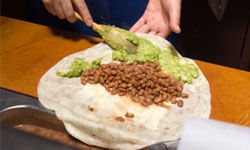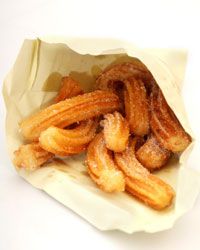Packed with history and regional flair, street food is a culinary gem hidden in plain sight. These days, thanks to the pace of contemporary life, many of us are eating on the run. That's where street food comes in -- these delicious specialties are custom-made for high-speed living. As befits a nation of immigrants, we eat immigrant street food. The 10 street foods that follow were all born abroad but grew up stateside, and there's a distinctly American twist to their fascinating stories. Read on to find out what part of a pizza is native to the New World and how a Jewish guy from Wisconsin made a Greek snack into a classic American street food.
Advertisement





